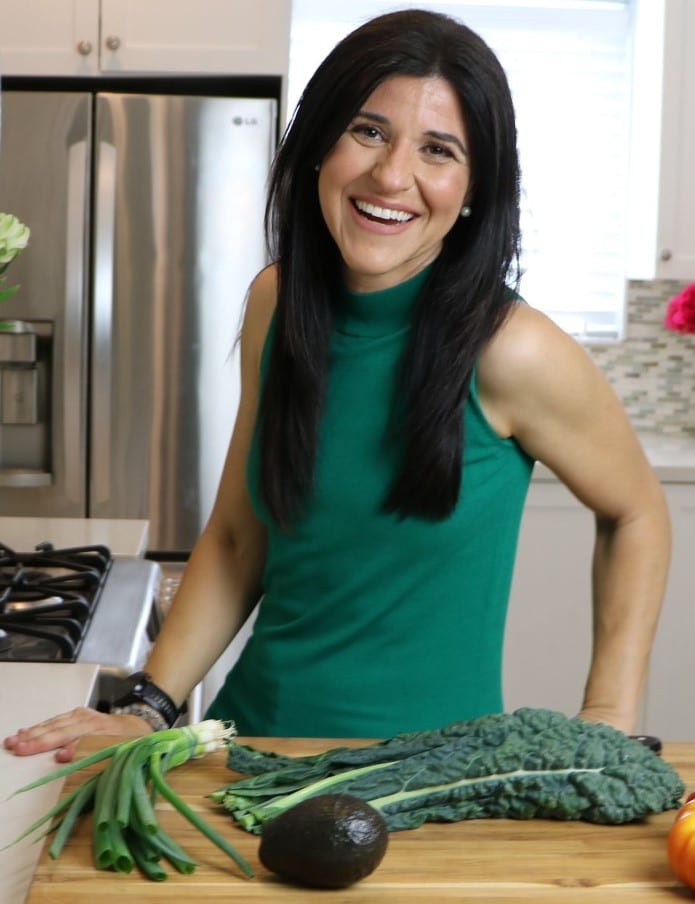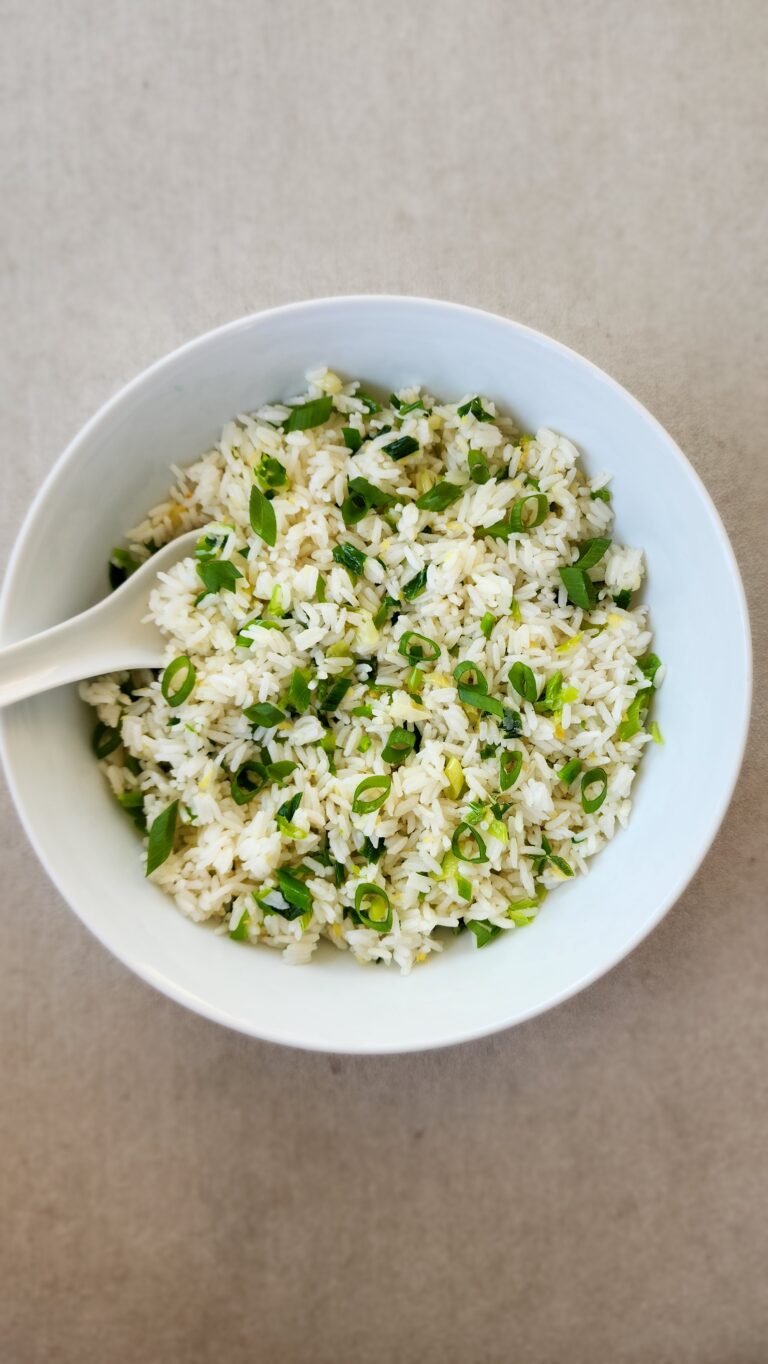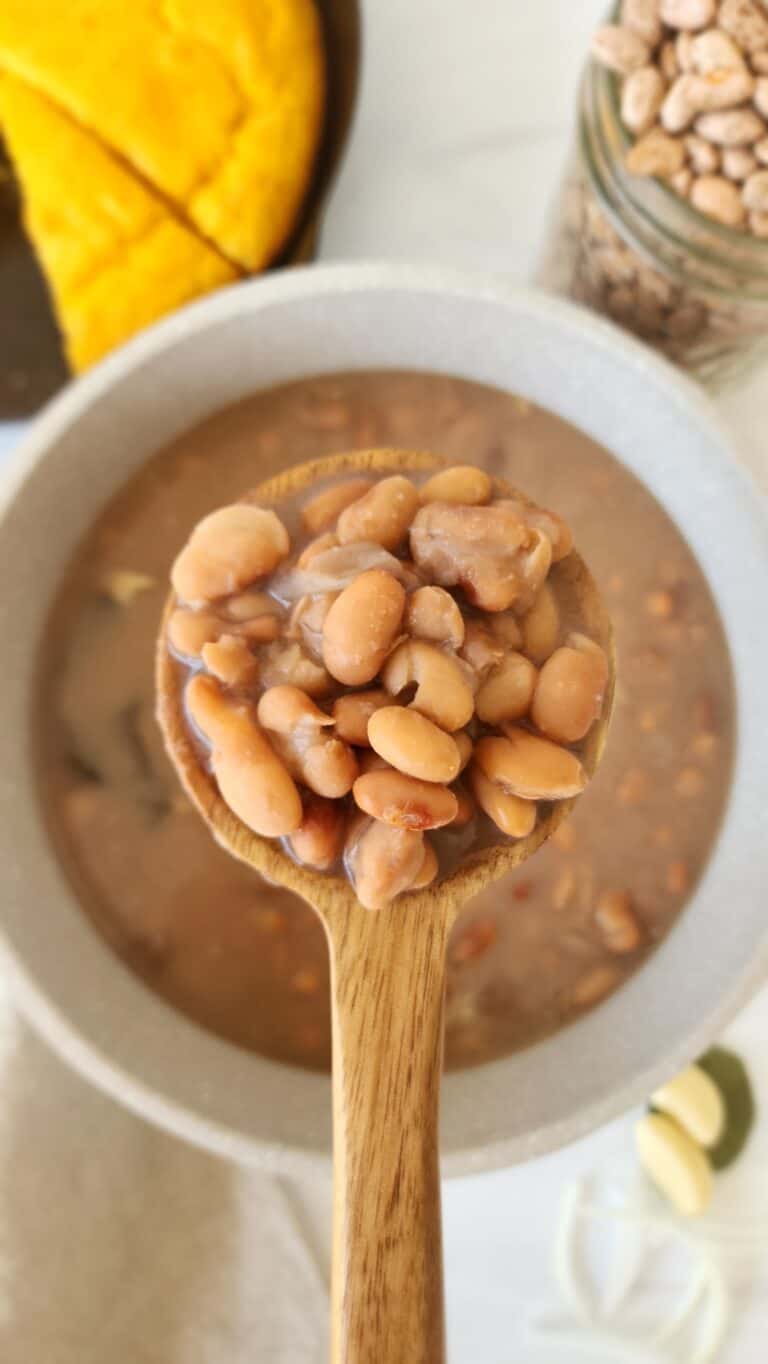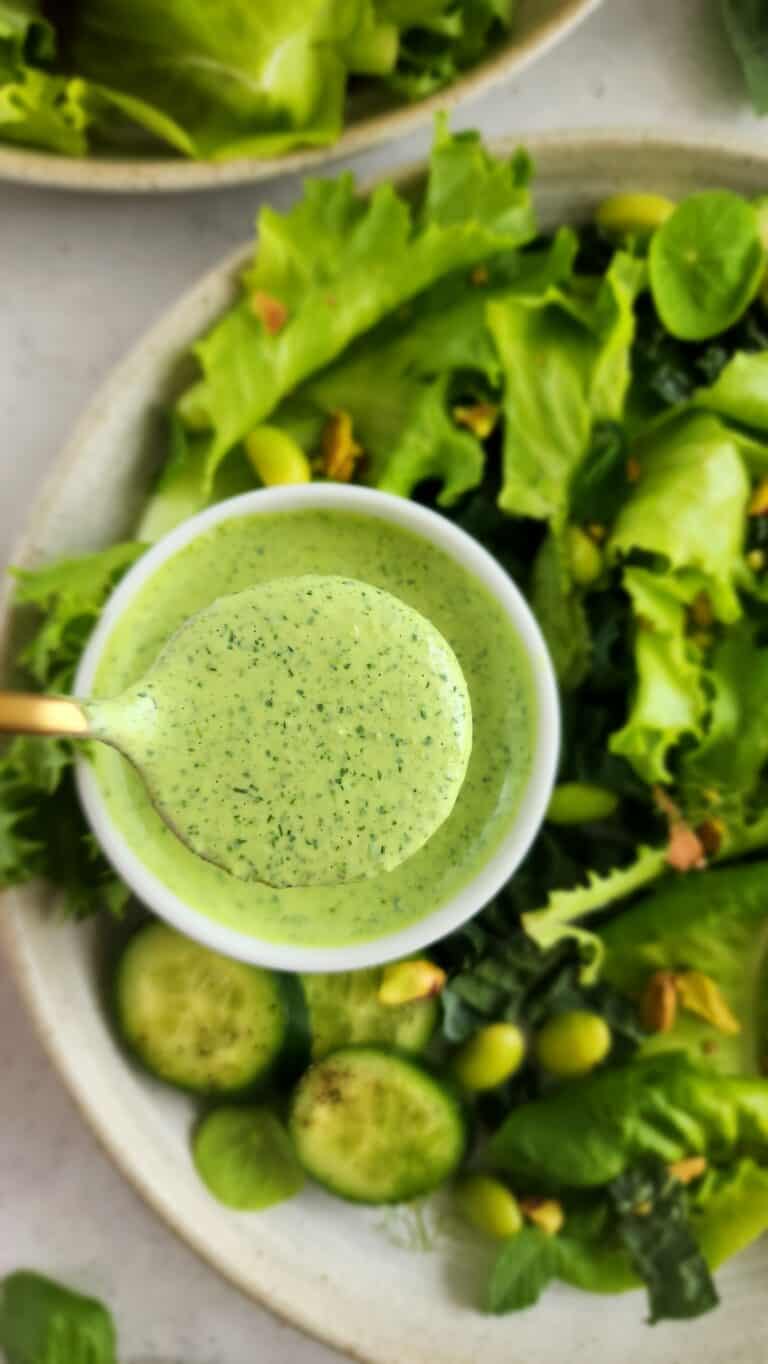Last week I attended the Cardiovascular Disease Prevention Symposium. Oddly enough I found myself enjoying the Endocrinologist’s talk the most. Don’t get me wrong, I enjoyed the whole conference, but definitely was intrigued by Dr. Lustig’s talk the most. I read Dr. Lustig’s book, “FAT Chance Beating the Odds Against Sugar, Processed Food, Obesity, and Disease”, sometime last year. In his book he addresses this question and others to begin to understand the obesity problem. So what’s the answer you ask? Depending on who you ask will depend on the answer you get. Dr. Lustig’s recently published a study linking sugar, specifically fructose, to metabolic disease. More on that study after I try and dissect the question, A calorie is a calorie – or is it? As a dietitian I’m not here to give you the easy answer (or the answer you want to hear). I’m here to help others to be healthy. So read on to find out why it’s so confusing and I’ll try to help explain it.
There are three problems with “a calorie is a calorie.”
First let’s be honest. There is absolutely NO way anyone could actually burn off the calories if you’re eating like the average American is eating. A chocolate chip cookie has the equivalent calories of twenty minutes of jogging, and if you were to eat a Big Mac that would require four hours of biking. Do people really do that? I’ve never been of the mindset to eat something and go work it off through exercise (and again with the way we’re eating it’s next to impossible unless you’re Michael Phelps). Case in point. I made a chocolate mug cake the other night that called for coconut sugar, coconut oil, and deemed itself, “naturally sweetened & healthy”. I’ll try anything once. I have a program where I can analyze the calories in a recipe– 851 calories to be exact in that so called healthier dessert. Now maybe I wasn’t supposed to eat the whole thing, but the recipe was being advertised “for the single lady on Valentine’s Day”. Sheesh. The following day I happened to be running my long run, 8 miles. I decided to check and see how many calories I had expended. Per my Fitbit, 697 calories. Not even an 8 mile run was enough for the “healthy, naturally sweetened dessert” (and btw I used half the amount of coconut sugar the recipe called for!)
I’ve counseled a lot of clients and I try to explain this concept of calories in = calories out (energy expenditure). Because the concept is true: if you take in more calories than you’ll use for that day you will gain weight (and vice versa, if you take in less calories than you need for the day it’s possible you’ll lose weight). But what I also try to explain is that our energy expenditure is dependent on the quality and the quantity of the calories that you ingest. You can eat a medium-sized apple for ~95 calories or you can have 2 Hershey nuggets for ~90 calories. The calories are almost equivalent; however, the apple provides far more nutrients than the chocolate. (I’m not saying that you can’t ever have chocolate but understand that on a day to day basis we should be taking in high QUALITY calories, not the empty ones.) Therefore “a calorie is NOT a calorie.”
Second, if a calorie is a calorie, then all carbohydrates should be the same, since they release 4.1 calories per gram of energy when burned. But they’re not. There are complex carbohydrates and there are simple carbohydrates – completely different in how they break down in your body and what they provide to you (vitamins, minerals, and fiber). A doughnut for breakfast is not the same as a couple of slices of whole wheat toast. The same goes for fat. If they were all the same they’d release 9.0 calories per gram of energy when burned. They are NOT all the same. There are healthy fats (ones that have positive benefits-anti-inflammatory, help clear out the plaque) and there are unhealthy fats (those that can cause heart disease and a fatty liver). The same concept goes for protein – there is high-quality protein and there is low-quality protein. That’s why eggs were never “bad” in my book – they are truly a high-quality protein. All those years, bacon and sausage were making eggs look bad. So therefore, proteins are NOT all the same. Proving once again, “a calorie is NOT a calorie.”
The third problem with “a calorie is a calorie” comes from this concept that we are eating more than we did in years past (the U.S. secretary of health and human services stated this and when you ask what our problem is as a nation people believe this to be true). Are we eating more of everything or are we eating more of certain things? The U.S. Department of Agriculture actually keeps track of the nutrient disappearance. Our total consumption of protein and fat have remained constant (as our obesity pandemic has accelerated). So if our total calories have increased but our total consumption of fat AND protein was unchanged, that means something else had to go up. That leads us to look at the carbohydrates. Our carbohydrates increased from 40 percent to 55 percent. When you look a little bit closer, yes the complex carbohydrate intake increased a little, but the bigger increase was in the simple carbohydrates, specifically fructose. If we are to have an answer to this global problem of obesity then we need to understand the causes and effects of this change in our diet – we’re eating more sugar.
All these contradictions lead us to now understand that a calorie is NOT a calorie. Maybe a better way to say this is a calorie burned is a calorie burned. I’m always trying to help my clients understand the keys to weight loss. I reflect after a nutrition counseling session if I did my best to relay this message. I know there are some that leave from my office thinking they can eat anything they want (wrong)and just go do some exercise to balance it out (wrong). And then there are others that really understand that they need to make changes in what they’re eating. People need to understand that the quality (along with portion control) of the food matters. This will be a key part in understanding this obesity problem we have on our hands.
Dr. Robert Lustig recently published his study proving that fructose is making us fat. In the study he (and others) recruited 43 children between the ages of 9 and 18 who were considered at particularly high risk for diabetes and related disorders. All the subjects were black or Hispanic and obese, and had at least one or more symptoms of metabolic syndrome, a cluster or risk factors that includes hypertension, high blood sugar, abnormal cholesterol and excess body fat around the waist.
On average, the subjects were taking in about 27% of their daily calories from sugar. By comparison, the average American takes in about 15 percent, although children typically do consume much more because they consume the highest intake of sugar-sweetened beverages.
The participants were paired with dietitians. They replaced the sugary foods in their diets with other foods purchased at the local grocery store. The goal was not to eliminate carbohydrates, but rather to reduce SUGARY foods and replace them with starchy foods without lowering body weight or calorie intake. Again, all that was changed – remove the food with ADDED SUGAR and replace them with a NO-ADDED-SUGAR version. Example: instead of a sugar-laden yogurt, the children would eat a bagel. Instead of pastries, they’d eat potato chips. It wasn’t as if they were trying to feed them only healthy foods. The remaining sugar came from fresh fruit (along with the benefit of fiber).
The study only lasted nine days due to money constraints with their study through the NIH (National Institutes of Health). It didn’t matter. In that short time span they saw marked changes.
On average, the subjects’ LDL cholesterol, the kind implicated in heart disease, fell 10 points. Their diastolic blood pressure fell 5 points. Their triglycerides, the fat that travels in the blood and also contributes to heart disease, dropped 33 points. And their fasting blood sugar and insulin levels, indicators of their diabetes risk, also markedly improved.
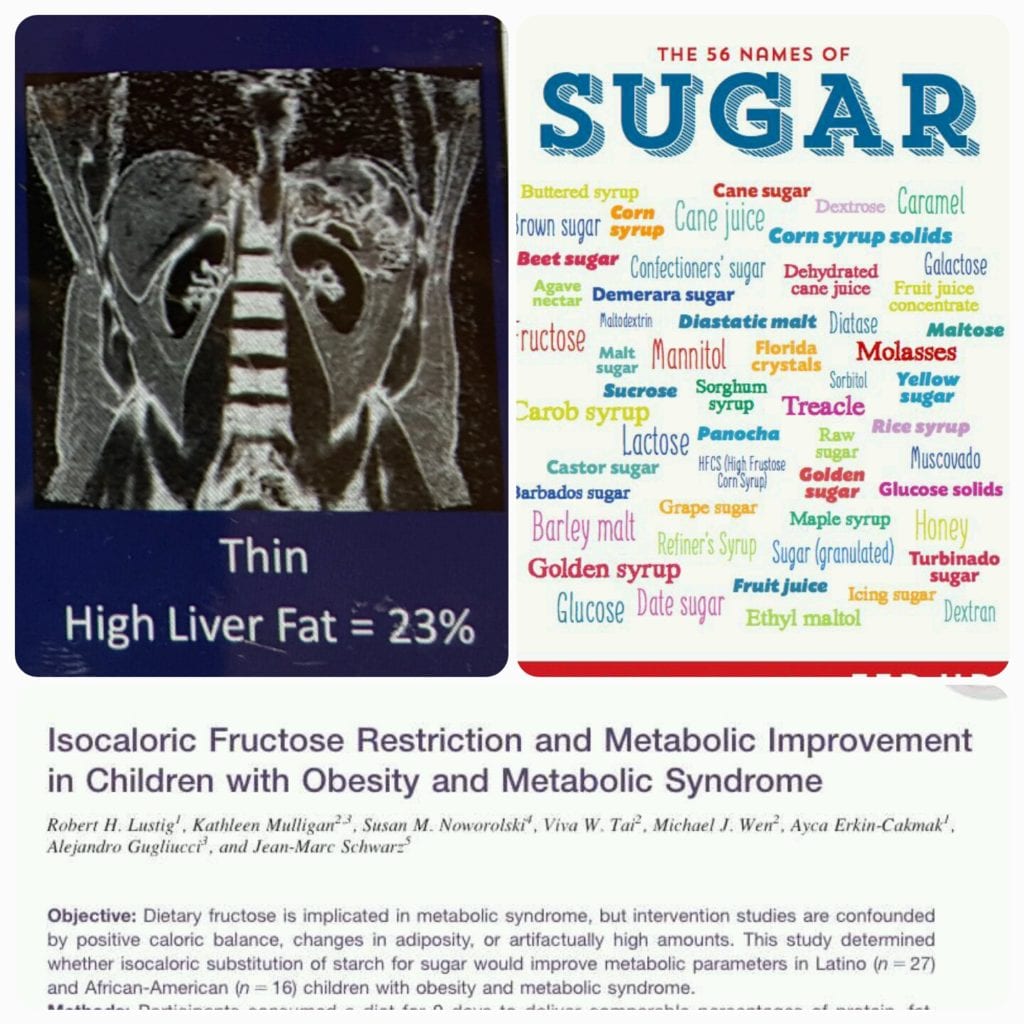
Dr. Lustig was trying to set out and prove that added sugar, fructose specifically, can be linked to metabolic disease. As he said at the conference, “someone should be held liable now that there’s proof.” He’s been saying this for years and has finally been able to prove it, isolating the effect of sugar on metabolic syndrome and insulin resistance. While many might find it controversial – he didn’t reduce their caloric intake, but rather simply reduced their consumption of added sugars. This study proves Lustig’s original statement – A calorie is not a calorie – The source of the calories determines where in the body they go. Sugar calories are the worst, because they turn to fat in the liver, driving insulin resistance, and driving the risk for diabetes, heart, and liver disease. This has enormous implications for the food industry, chronic disease, and health care costs.
What does this mean in layman’s terms? We need to cut back on added sugar in the food we are eating. Start paying attention to the food you buy at the grocery store. Cereal and yogurt are two foods off the top of my head that are LOADED with extra sugar. Instead buy plain yogurt and add your own fruit (cinnamon and vanilla are also great flavor enhancers). And cereal, just stop buying it altogether – it might be one of the worst foods ever. The recommendations for women are no more than 100 calories per day, or about 6 teaspoons of sugar. For men, it’s 150 calories per day, or about 9 teaspoons. For now, if you’re buying a packaged product it’s hard to know exactly how much you’re consuming. However, in the coming year the nutrition label will begin to distinguish between naturally occurring sugars and added sugars. Or better yet, follow these simple rules by Michael Pollan when in doubt:
1. Eat Food.
2. Not too much.
3. Mostly plants.



